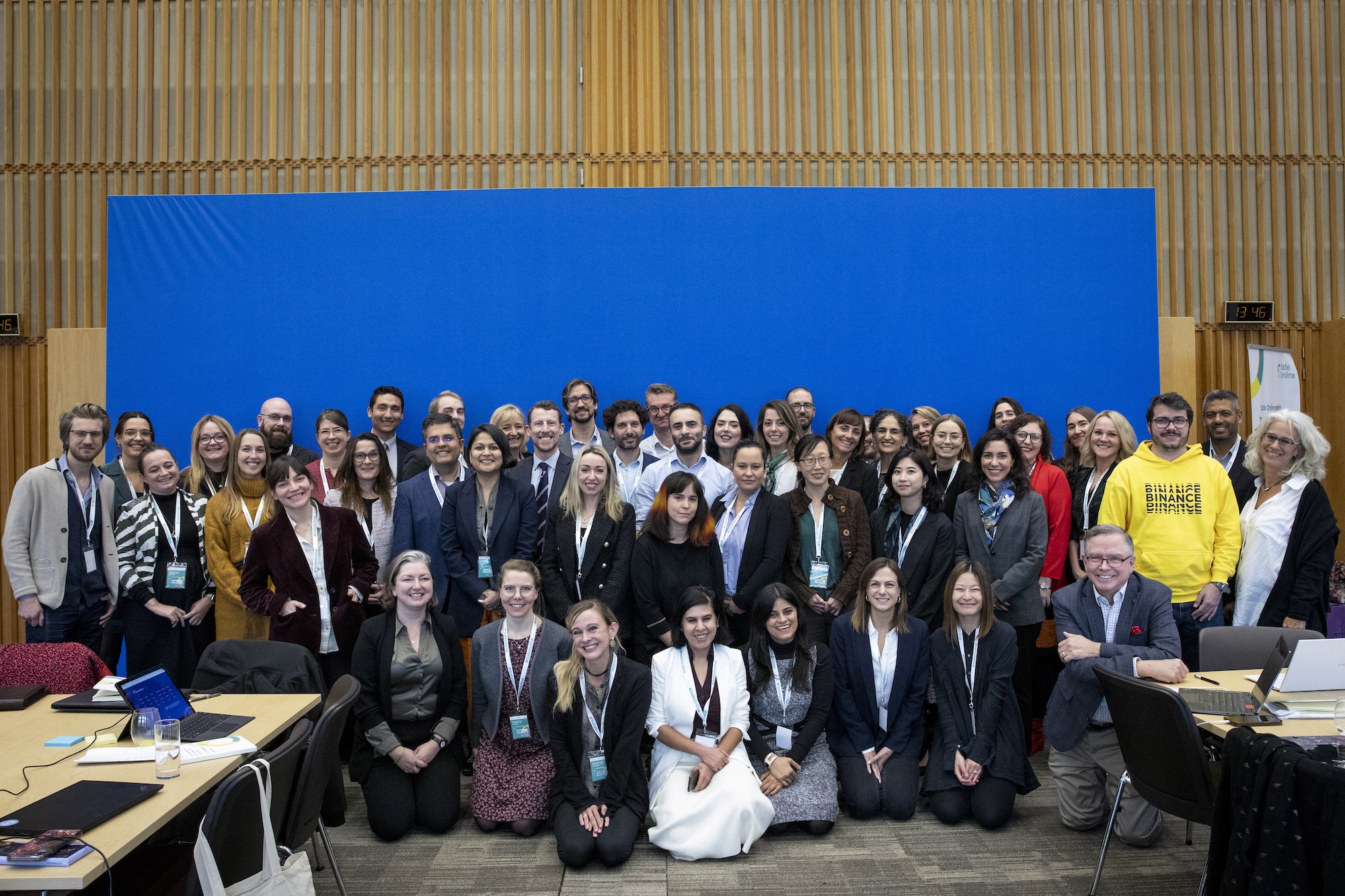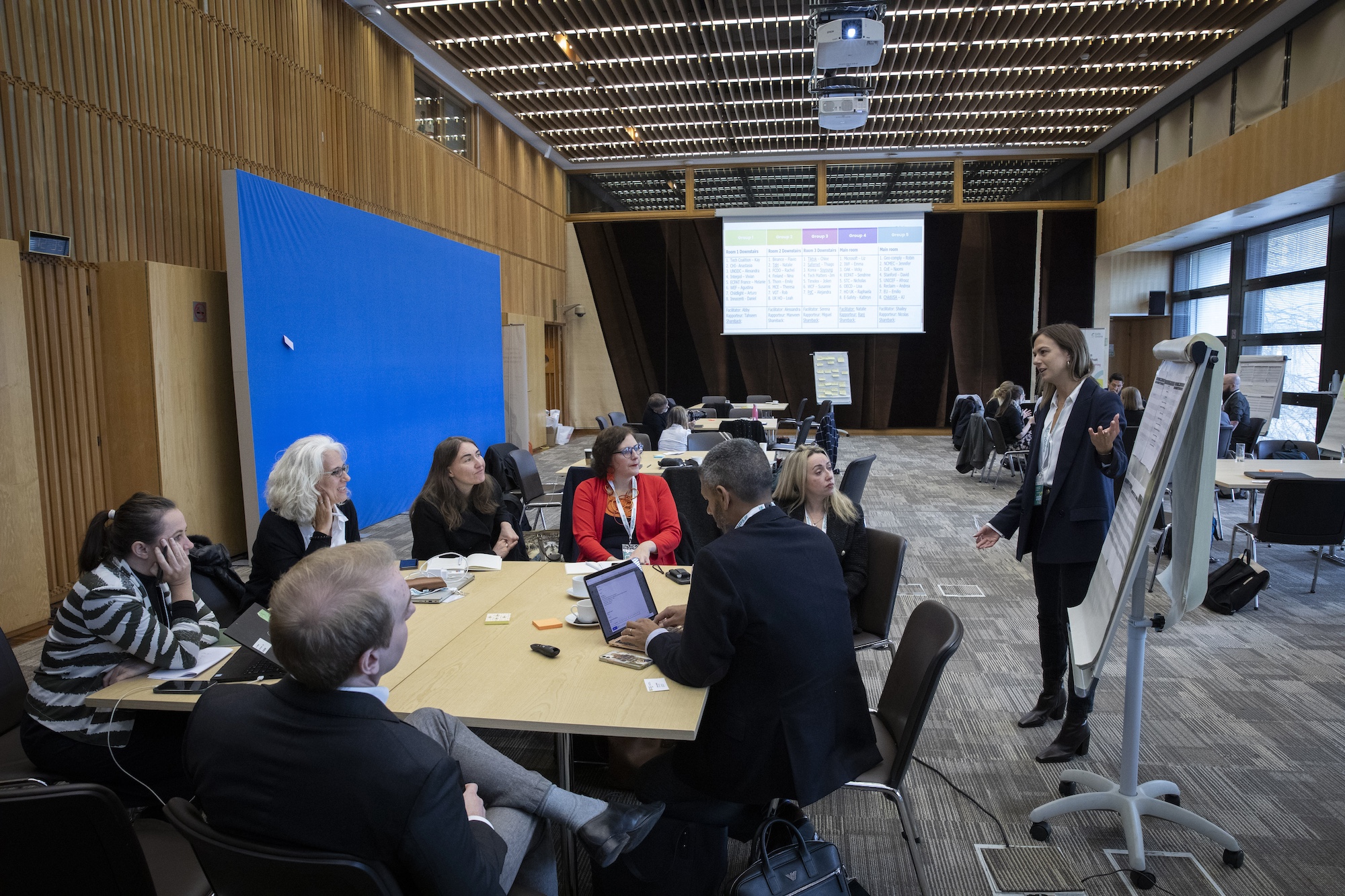
Tackling age assurance & live streaming of abuse to make the internet safer for children
Safe Online is investing USD $2 million across 10 innovative projects to seed and grow solutions that leverage existing and new technologies to tackle online child sexual exploitation and abuse (CSEA).






